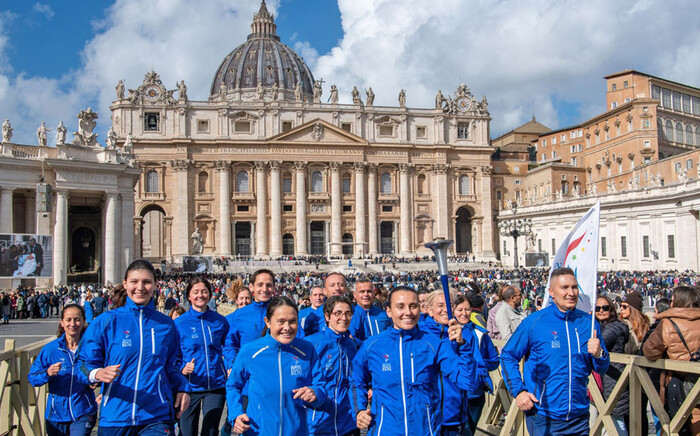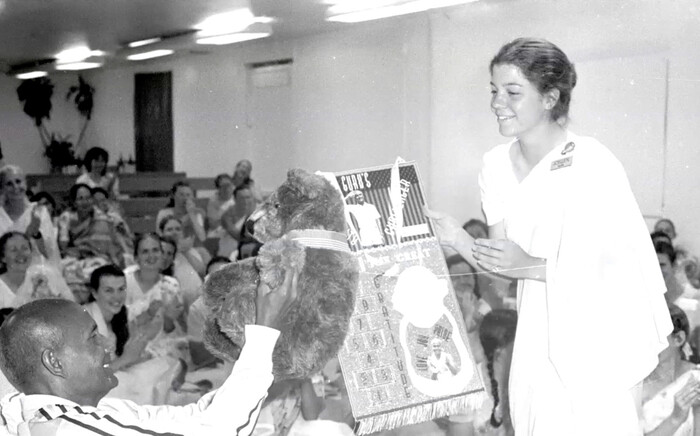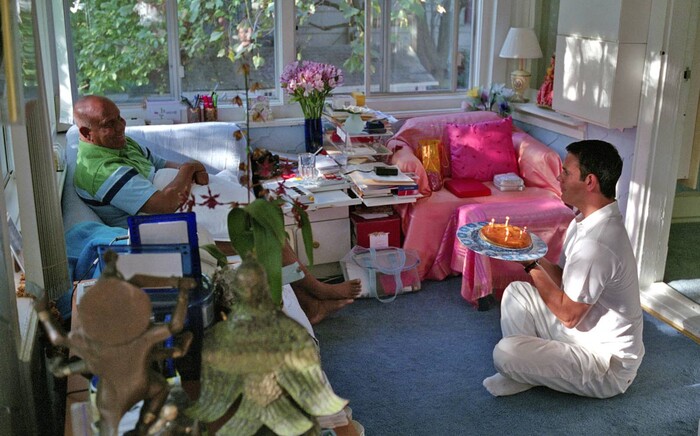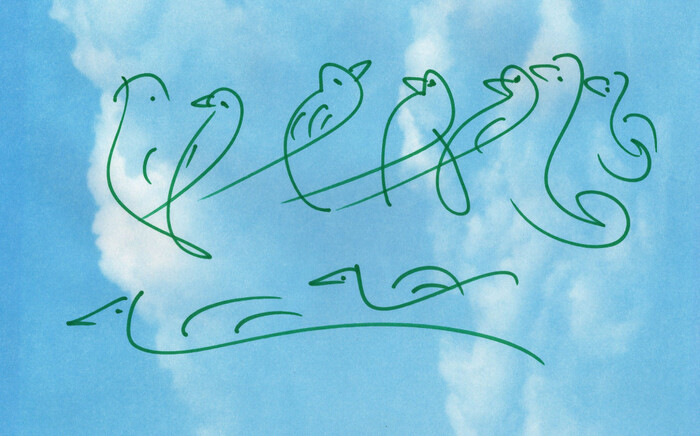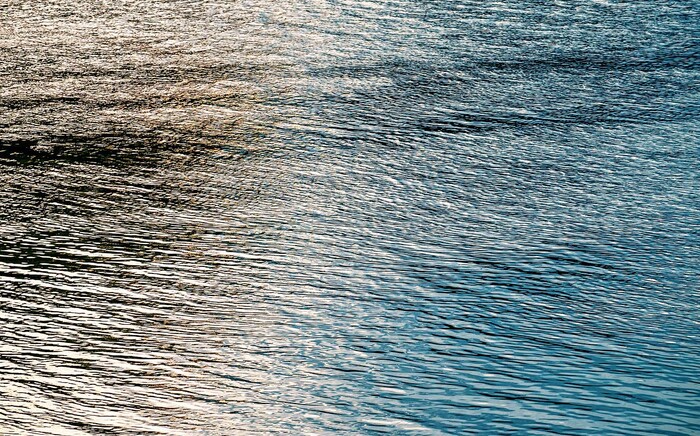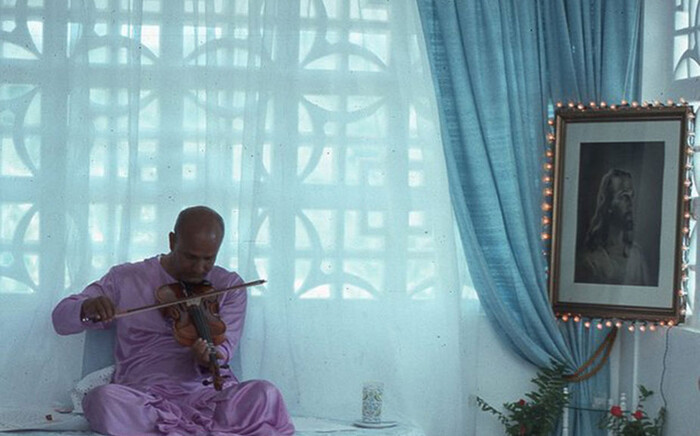Travelling through the New Zealand landscape one can't help but notice little churches tucked away behind windswept trees, or boldly perched on hill tops.
How many of those little wooden churches are to be found in the New Zealand countryside - abandoned or closed up until the next funeral or thriving centres of rural community life? They stand amongst the folds of the landscape, their corrugated-iron roofs pointing ever above the green hills to the blue sky and a world beyond.

Decent Kiwi farmers don a tie and come here on a Sunday with their wife and kids and kneel on the wooden floor before God.
And history is here.
In the North Island some of those churches still have bullet holes from the days of the land wars. I have stood in the church where Reverend Volkner was hanged and decapitated and had his eyes eaten by the followers of Pai Marire (goodness and peace). I have read the headstones around the churches - ‘cruelly murdered by savages’.
In the South Island down in the corner of the churchyard under the macrocarpa trees, as far from the holy sanctuary as possible, are the simple headstones inscribed in Chinese characters - the Chinese goldminers mouldering away in the dry soil that they delved in life.
The names of those churches reflect the different backgrounds and aspirations of the pioneer communities that built them - St Patrick’s Presbyterian Church, Our Lady Star of the Sea, Hato Petera - Hato Paora.
St Virgilius Church in Balclutha at first seems an oddly named edifice.
St Virgilius was bishop of Salzburg in the eighth century. What does some ancient germanic cleric have to do with this place - here where the awesome blue power of the Clutha River cuts through the hills of Otago, here among the sheep, here among the hillsides yellow with gorse or green with pasture?
And yet a little research shows perhaps there is an appropriateness.
And a little research was what I did when the wife of the chairman of the parish council mentioned that perhaps a painting of the big St V. would be cool.
I stretched and primed a big canvas - seven-and-a-half foot tall ('we're shooting for life-size here') - and started a little research.
The Catholic Church in New Zealand is largely Irish in origin, so to find that the Austrian bishop was actually an Irishman started to make the presence of his name affixed to a church here more understandable.
In AD 740, Virgilius was the abbot of a monastery near Dublin.
This was the end of the Dark Ages - the age of chaos following the end of the Roman Empire. At this time the first stirrings of the human spirit striving for something beyond domination of the neighbouring tribe was beginning to blossom. What was to become the Carolingian Renaissance was beginning to unfold. Learning was beginning to be valued; culture to raise its head above basic and brutal realpolitik and survival.
In that year Virgilius, or Ferghal - to use the Irish form of his name - set out for Europe. Travel was possible, and a man like Ferghal was doing it.
He got as far as the court of Pepin the Short, the father of Charlemagne. Pepin, impressed by the learning of the roving Irish abbot, kept him at his court for two years and then sent him off to Salzburg as abbot and then bishop. Here he performed his episcopal duties - he shepherded his flock and he spread the Christian faith, most notably in Carinthia, an area of modern Austria, Italy and Slovenia.
He was known, however, particularly as a leading intellectual of the day with a special interest in the field of geography. Knowledge from the ancient world was beginning to surface, new ideas were to be discovered and propounded, and Ferghal was at the forefront of this movement - a dangerous place to be in any age.
St Boniface pressed Rome for Ferghal's excommunication for holding heretical views opposed to the teaching of holy scripture. His crime? Virgilius had maintained that the Earth was a sphere and that there could well be people living in the antipodes.
Aha! For those of us who do indeed hang on desperately to the ground on the bottom half of the planet, how delightful to have a supporter, an advocate, a believer, way up there on the top of the globe. And a man putting his neck out for us to the extent of facing heresy charges.
Fortunately for Ferghal the council that Pope St Zachary convened to discuss these disturbing heretical ideas never actually met.
I got painting away.
I had discovered that the tradition was to portray Virgilius holding a church on account of his having built the first cathedral in Salzburg. But what did we in New Zealand care about some old building in Austria?! This was the man who believed we existed! I painted St Virgilius holding a bishop's crozier topped with a celtic cross - symbol of his role as bishop and his Irish heritage - and in the other hand, an armillary sphere, an early astronomical device for representing the heavens around a spherical Earth.

So, St Virgilius: oddly enough - very much a saint for this neck of the woods.

*
I had just finished the last touches to the painting, stood back and sighed contentedly when the parish council of St Virgilius Parish decided that however long they had been the parish named for a saint that no one had heard of, was just too long and that they would change the name of the parish - change it to . . . Blessed Mary McKillop Parish. Blessed Mary McKillop! A flamin’ Australian chick?!
I believe they got a little stained glass window of her made.
St Virgilius - St Virgilius of Salzburg, St Virgilius the brave geographer, St Virgilius defender of the Southern Hemisphere, St Virgilius of the now-non-existent-parish? - his canvas stands, rolled up on the top of my cupboard, forgotten by the antipodean world whose existence he so boldly theorised so long before.

****************************************
More about armillary spheres - brookbrae.com
